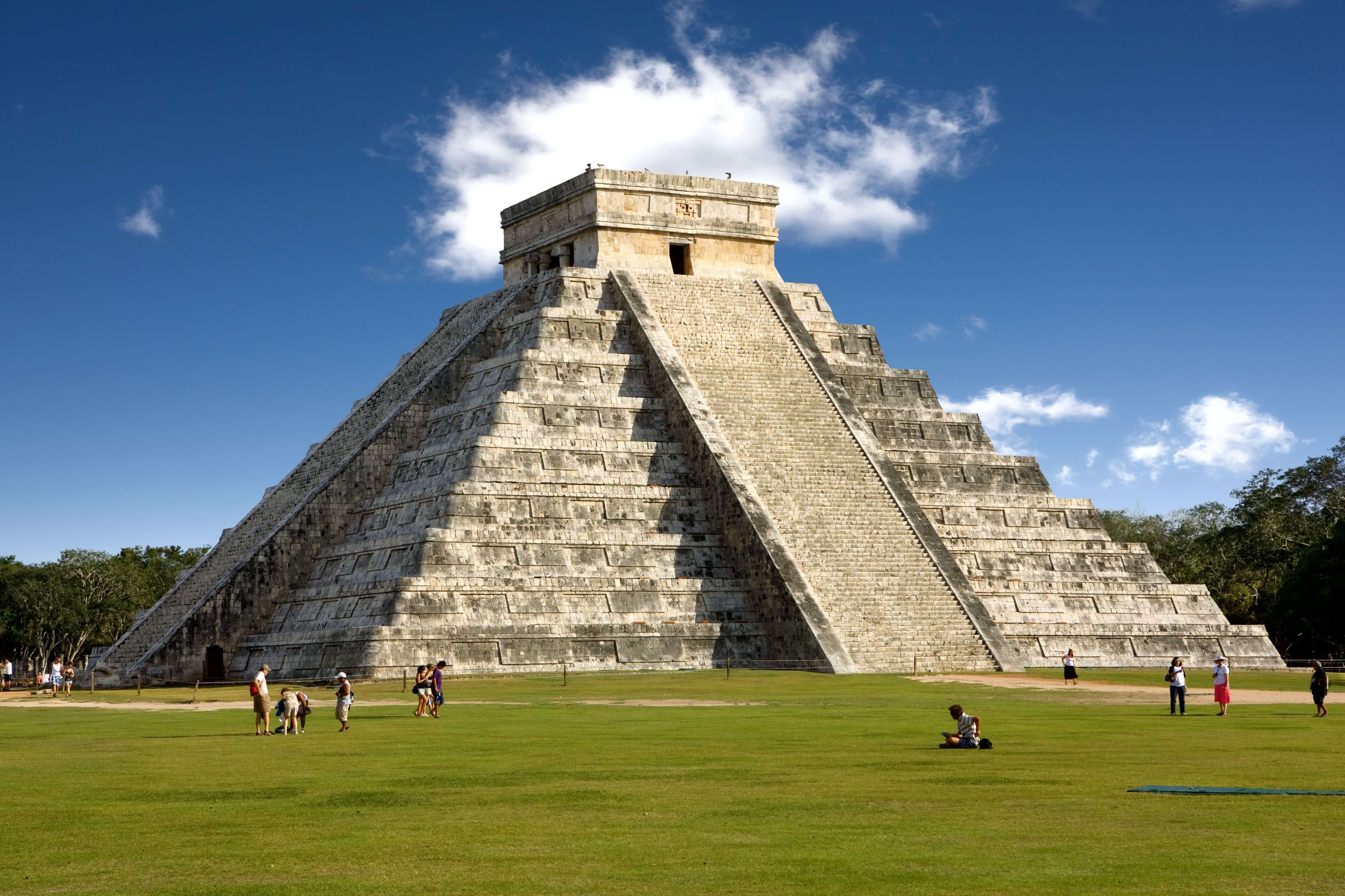The New Seven Wonders of the World: Chichen Itza (Mexico)
Chichen Itza: Echoes of the Mayan Civilization

Introduction
Nestled in the heart of the Yucatan Peninsula in Mexico, Chichen Itza stands as a testament to the architectural brilliance and cultural legacy of the ancient Maya civilization. This archaeological marvel, renowned for its monumental pyramids, temples, and ball courts, offers a glimpse into the rich history and spiritual beliefs of one of Mesoamerica's most advanced societies. In this article, we embark on a journey to explore the history, significance, and enduring allure of Chichen Itza.
Historical Context
Chichen Itza was one of the largest and most important cities of the Maya civilization, flourishing from the Late Classic period (600–900 CE) to the Postclassic period (900–1200 CE). The city served as a political, economic, and religious center, attracting pilgrims, traders, and artisans from across Mesoamerica. Its strategic location allowed Chichen Itza to thrive as a hub of trade and cultural exchange.
Architectural Marvels
The architectural wonders of Chichen Itza are a testament to the Maya's advanced knowledge of astronomy, mathematics, and engineering. The most iconic structure is the towering Pyramid of Kukulkan, also known as El Castillo, which served as a temple dedicated to the feathered serpent god. Its design is meticulously aligned with astronomical phenomena, such as the equinoxes, resulting in striking light and shadow effects that mesmerize visitors.
Cultural and Spiritual Significance
Chichen Itza was not only a center of political and economic power but also a sacred site of religious pilgrimage and ritual. The city's temples, altars, and ball courts were used for ceremonies honoring the gods, including offerings of human sacrifice and bloodletting rituals. The sacred cenote, or natural sinkhole, served as a site of purification and reverence for the Maya.
Tourism and Conservation
Since its rediscovery in the 19th century, Chichen Itza has become one of Mexico's most visited tourist attractions, drawing millions of visitors each year to marvel at its ancient wonders. Designated as a UNESCO World Heritage Site in 1988, Chichen Itza also faces challenges associated with tourism pressures, environmental degradation, and conservation efforts aimed at preserving its fragile archaeological remains.
Legacy and Inspiration
Chichen Itza's timeless beauty and cultural significance continue to inspire awe and admiration among visitors and scholars alike. Its designation as one of the New Seven Wonders of the World in 2007 further cemented its status as a global icon and a symbol of the enduring legacy of the Maya civilization. As we explore the ruins of Chichen Itza, we are reminded of the ingenuity, creativity, and spiritual wisdom of the ancient Maya.
Conclusion
Chichen Itza stands as a testament to the ingenuity, cultural richness, and spiritual depth of the ancient Maya civilization. As we wander through its ancient plazas, temples, and ball courts, we are transported back in time to an era of greatness and wonder. Chichen Itza's legacy endures as a beacon of inspiration and a reminder of the profound connection between humanity and the mysteries of the past.
Bibliography
- Andrews, Anthony P.; E. Wyllys Andrews V.; Fernando Robles Castellanos (January 2003). "The Northern Maya Collapse and its Aftermath". Ancient Mesoamerica. 14 (1). New York: Cambridge University Press: 151–156. doi:10.1017/S095653610314103X. ISSN 0956-5361. OCLC 88518111. S2CID 162992099.
- Andrews, E. Wyllys IV (1961). "Excavations at the Gruta De Balankanche, 1959 (Appendix)". Preliminary Report on the 1959–60 Field Season National Geographic Society – Tulane University Dzibilchaltun Program: with grants in aid from National Science Foundation and American Philosophical Society. Middle American Research Institute Miscellaneous Series No 11. New Orleans: Middle American Research Institute, Tulane University. pp. 28–31. ISBN 0-939238-66-7. OCLC 5628735.
- Andrews, E. Wyllys IV (1970). Balancanche: Throne of the Tiger Priest. Middle American Research Institute Publication No 32. New Orleans: Middle American Research Institute, Tulane University. ISBN 0-939238-36-5. OCLC 639140.
- de Anda Alanís, Guillermo (2007). "Sacrifice and Ritual Body Mutilation in Postclassical Maya Society: Taphonomy of the Human Remains from Chichén Itzá's Cenote Sagrado". In Vera Tiesler; Andrea Cucina (eds.). New Perspectives on Human Sacrifice and Ritual Body Treatments in Ancient Maya Society. Interdisciplinary Contributions to Archaeology. Michael Jochim (series ed.). New York: Springer Verlag. pp. 190–208. ISBN 978-0-387-48871-4. ISSN 1568-2722. OCLC 81452956.
- Aveni, Anthony F. (1997). Stairways to the Stars: Skywatching in Three Great Ancient Cultures. New York: John Wiley & Sons. ISBN 0-471-15942-5. OCLC 35559005.
- Ball, Philip (14 December 2004). "News: Mystery of 'chirping' pyramid decoded". Nature News. doi:10.1038/news041213-5. Retrieved 14 December 2011.
































